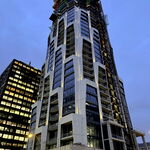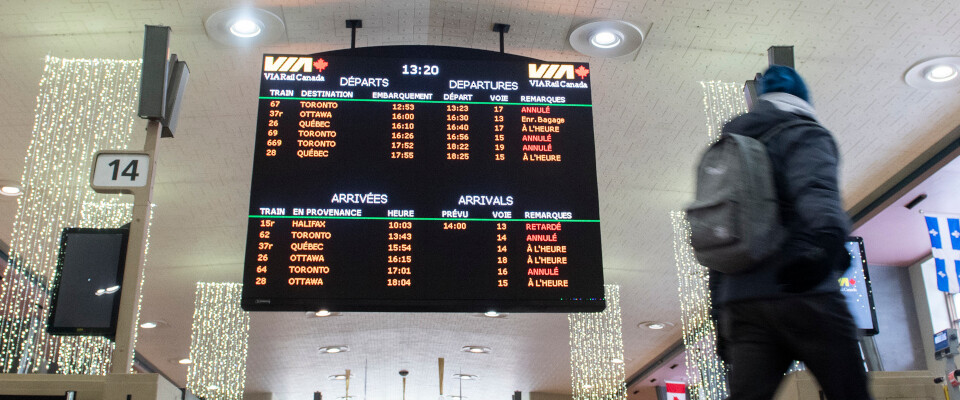Northern Light
Superstar
I certainly didn’t expect this kind of carefully nuanced review from someone stuck on a VIA train on December 23, but I believe it might be an interesting addition to the conversation we already had:
Its not a bad column, and in some respects, illustrates thoughtful fairness; on the other hand, I think it reads a bit too much like an open-ended apologia for what was unquestionably a mishandling of the situation, in at least 2 respects. First and foremost communication to passengers, to stations, to media, to prospective passengers (those waiting for trains not yet cancelled but nowhere near arriving).
Secondly, its very clear that there was, on at least one train, the prospect of a medical emergency and train staff did not contact emergency services, that we do know.
****
There's no question it was a difficult situation, nothing would have made it 'easy' or 'pleasant', but it wasn't handled well. The only sorting on that is the who flubbed and what's to be done about it.
I'll add here, no matter what the sector of government, or the economy, I always evaluate things in a similar manner; 'Its about the results, not the process' The process is often a reason things go wrong, its an excuse, a crutch to fall back on and says 'wasn't my fault'; yes it was; it was your job to change the process, override the process, to 'make it work'.
I think there is a tendency following the type of statement I've made above to say something like 'easy for you to say' or 'would you put your job on the line' or that sorta of thing. So let me answer, 'been there, done that'. At this point, I don't think I'll share all the details of that, except to say, I've never been fired or suspended from any job; notwithstanding standing up to a boss or having rules or policies changed to my liking.
****
Just because you can‘t see certain things doesn’t mean that they were at least attempted. And that‘s in my view the main message from that article: the less you know what happened, the easier it is to throw around with accusations…
You know I agree w/you; BUT.....
The easy way to resolve this is that the VIA CEO should have had a press conference by now, outlining exactly what happened and what's being done about. The silence from the company does not speak well of anyone in senior management.
Andy Byford always set the proper example as CEO of the TTC. If something went wrong and he was in town, he was on the scene as fast as possible. Apologized whether any responsibility lay directly with him, or even the TTC (Union Station floods); always appeared accountable and you always felt his frustration if something wasn't handled the way it should be. That's the right way to handle these things.






